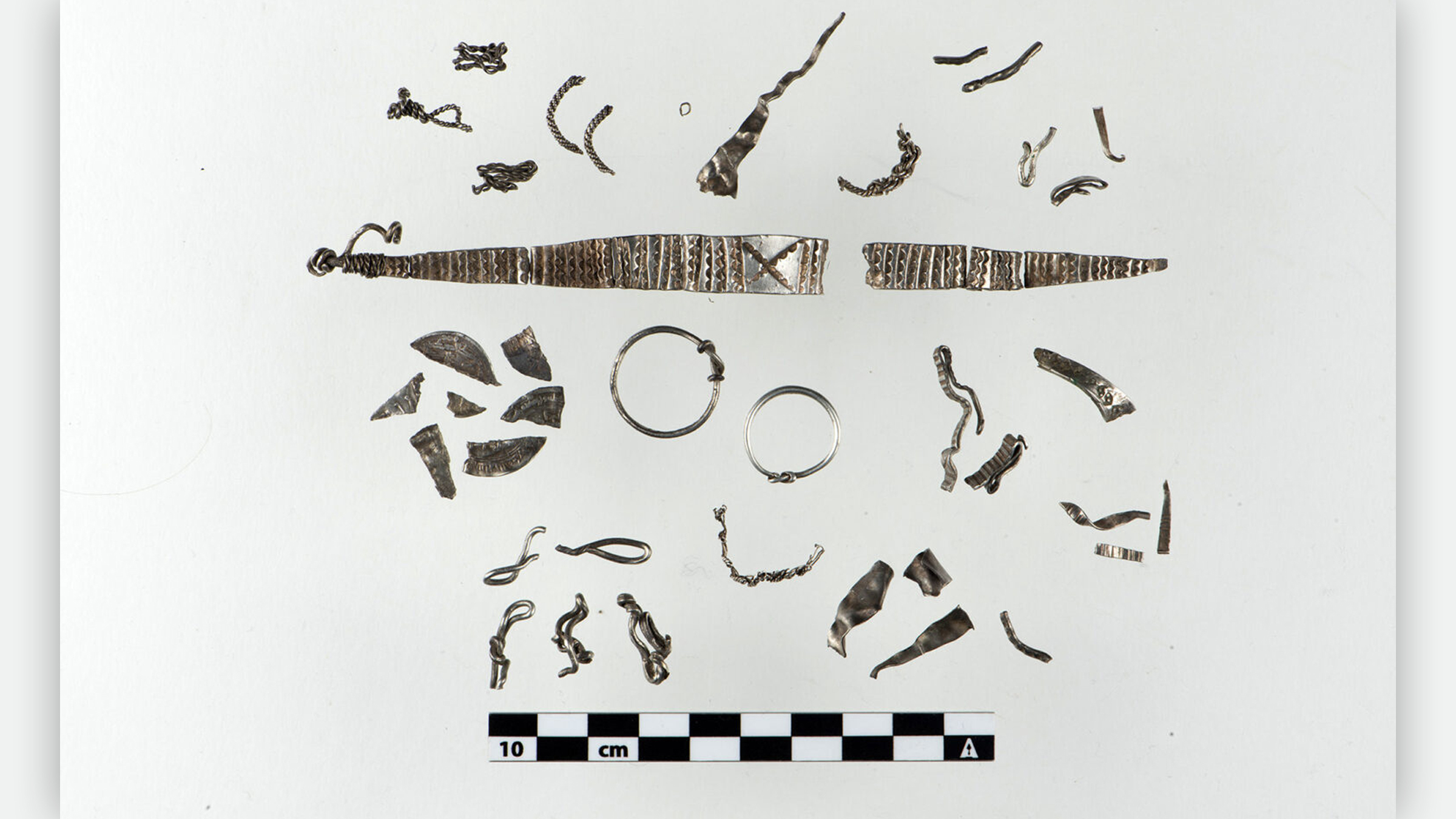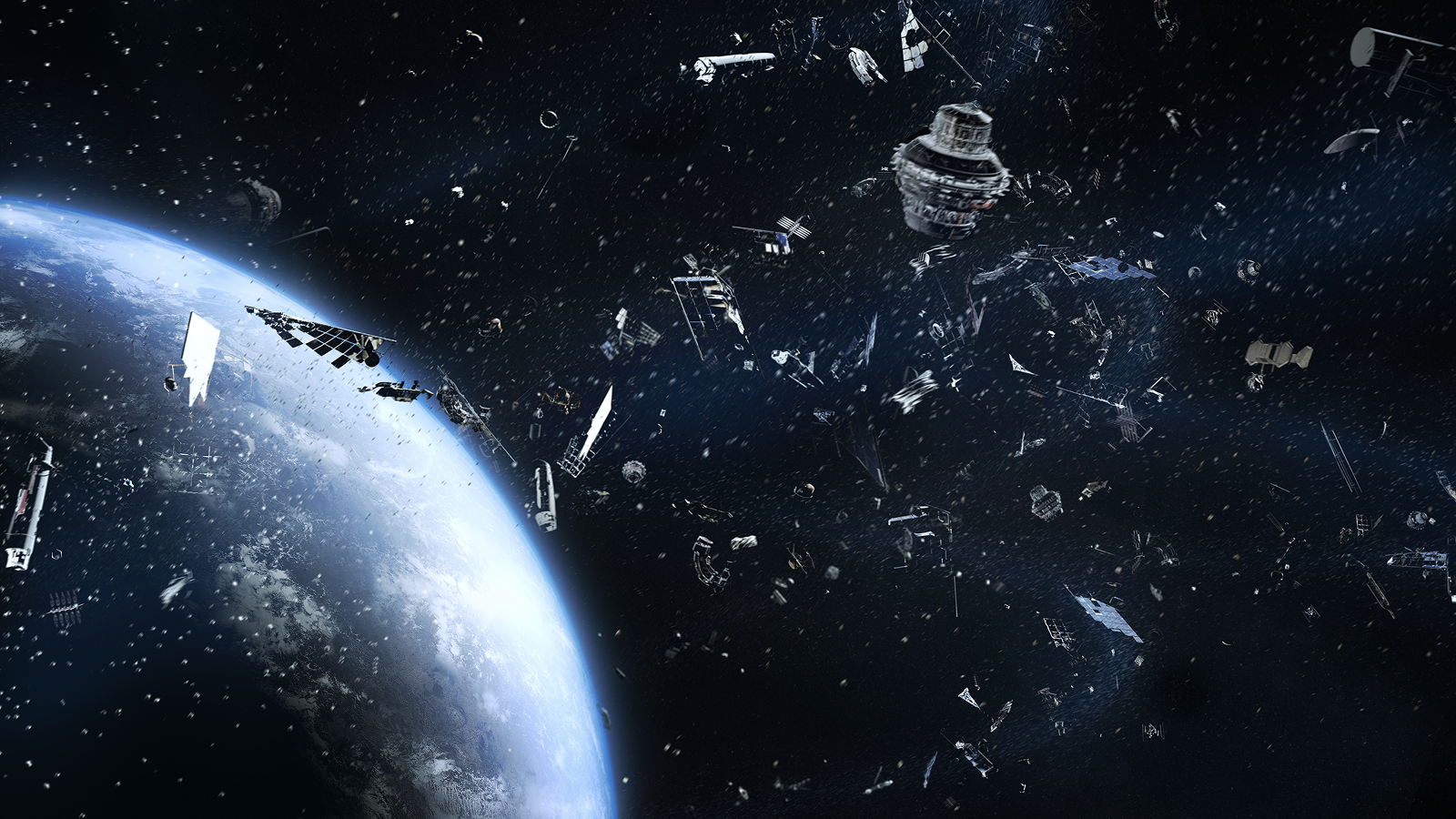
JoAnna Wendel
JoAnna Wendel is a freelance science writer living in Portland, Oregon. She mainly covers Earth and planetary science but also loves the ocean, invertebrates, lichen and moss. JoAnna's work has appeared in Eos, Smithsonian Magazine, Knowable Magazine, Popular Science and more. JoAnna is also a science cartoonist and has published comics with Gizmodo, NASA, Science News for Students and more. She graduated from the University of Oregon with a degree in general sciences because she couldn't decide on her favorite area of science. In her spare time, JoAnna likes to hike, read, paint, do crossword puzzles and hang out with her cat, Pancake.
Latest articles by JoAnna Wendel
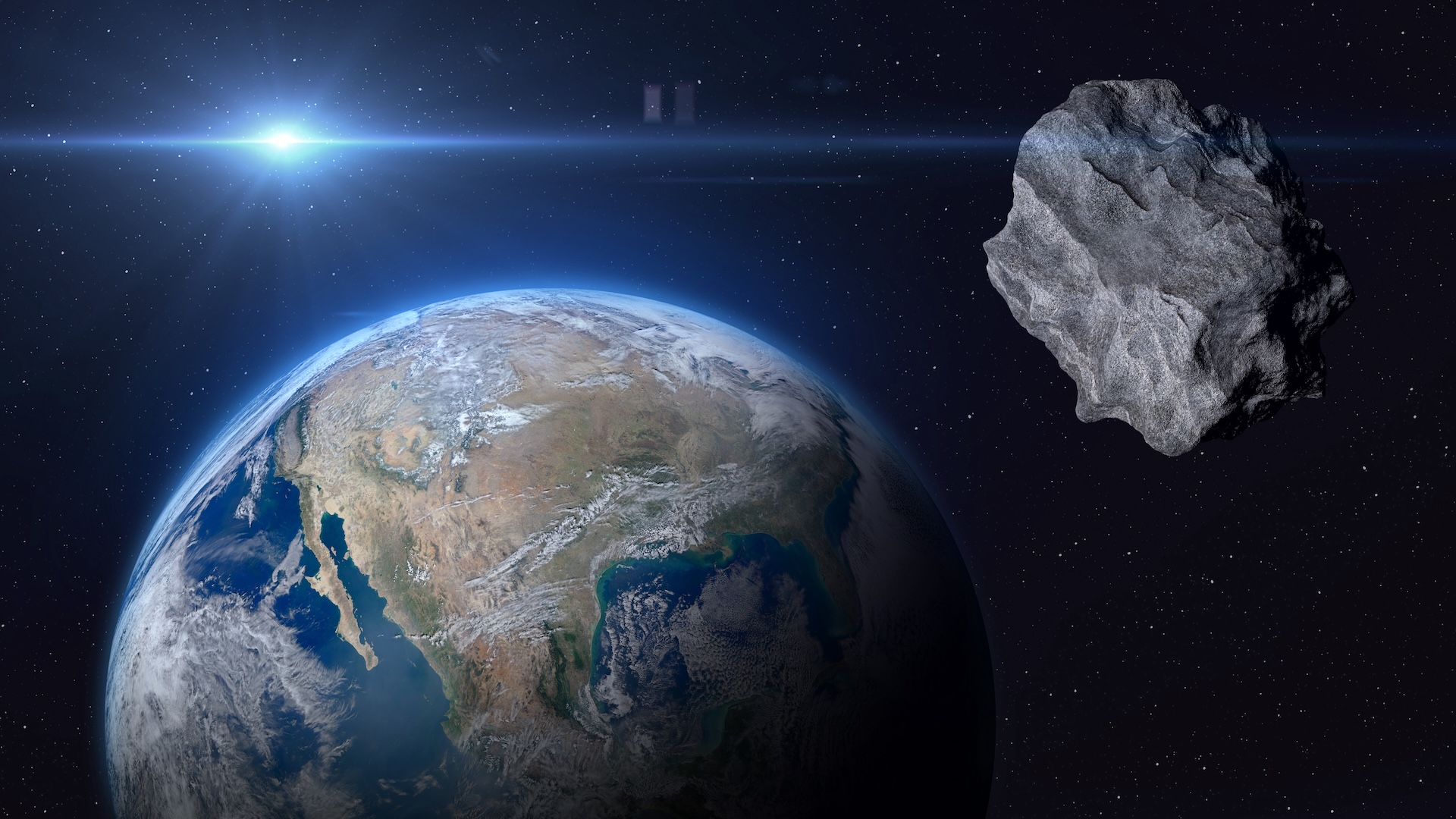
Potentially hazardous asteroids: How many dangerous space rocks lurk near Earth — and can we stop them?
By JoAnna Wendel, Harry Baker last updated
Here's everything you need to know about the potentially hazardous asteroids that come worryingly close to our planet.
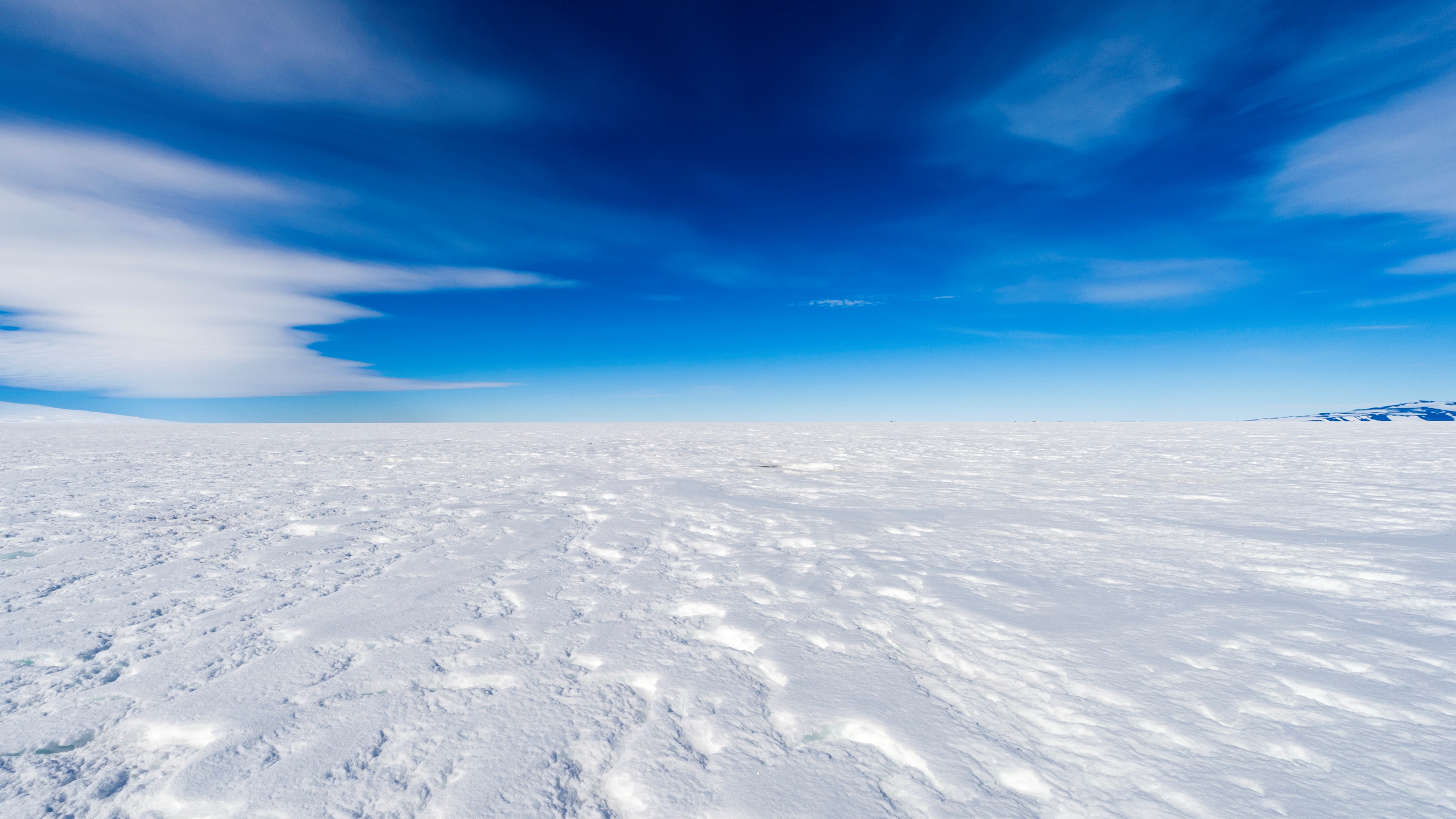
Where is the coldest place on Earth?
By JoAnna Wendel published
There are some bone-chilling places on Earth, but what is the lowest temperature ever recorded and where was it?
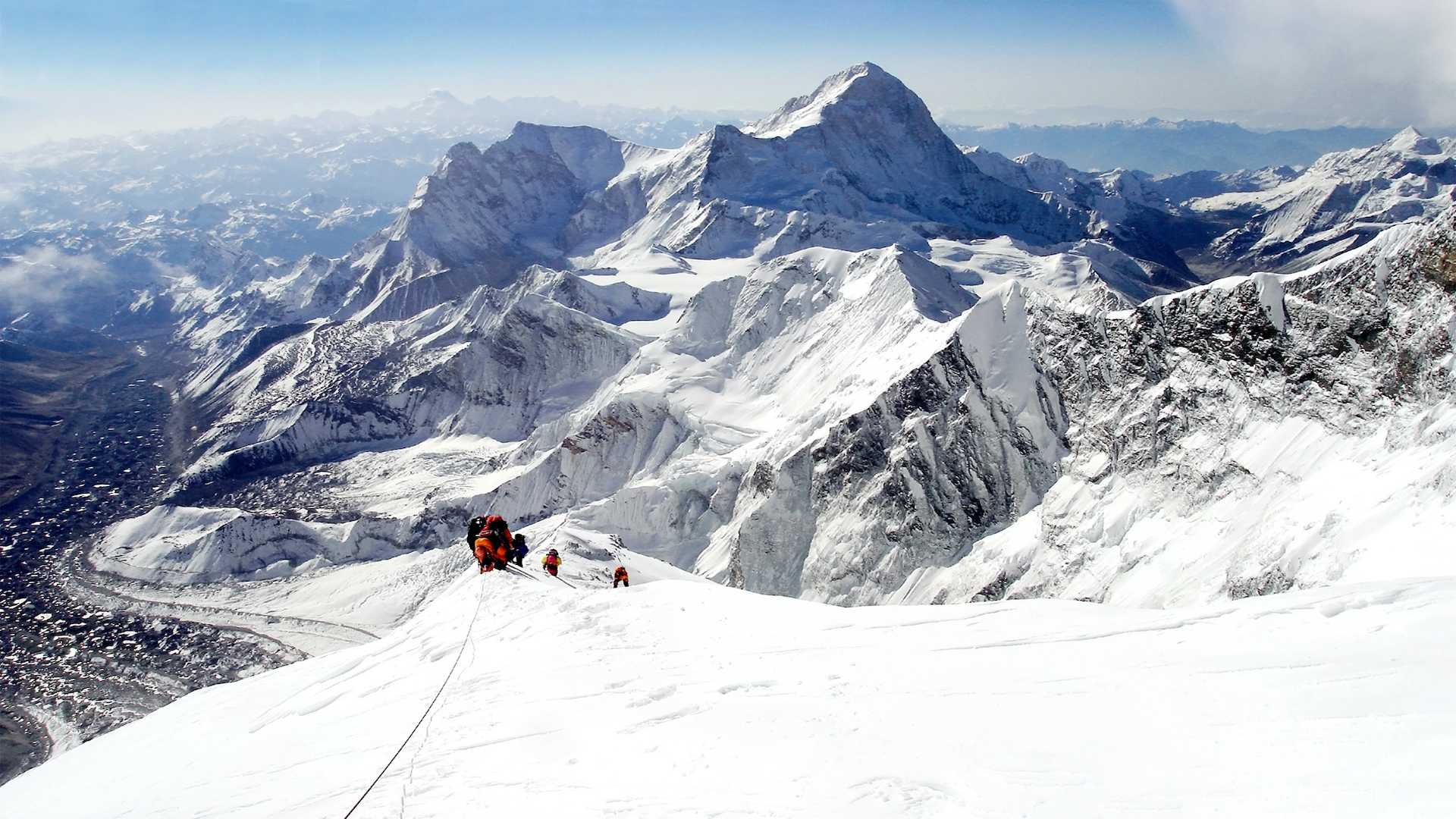
What's the highest a mountain can grow on Earth?
By JoAnna Wendel published
Although a mountain could theoretically grow taller than Mount Everest, forces like gravity and erosion work against it.
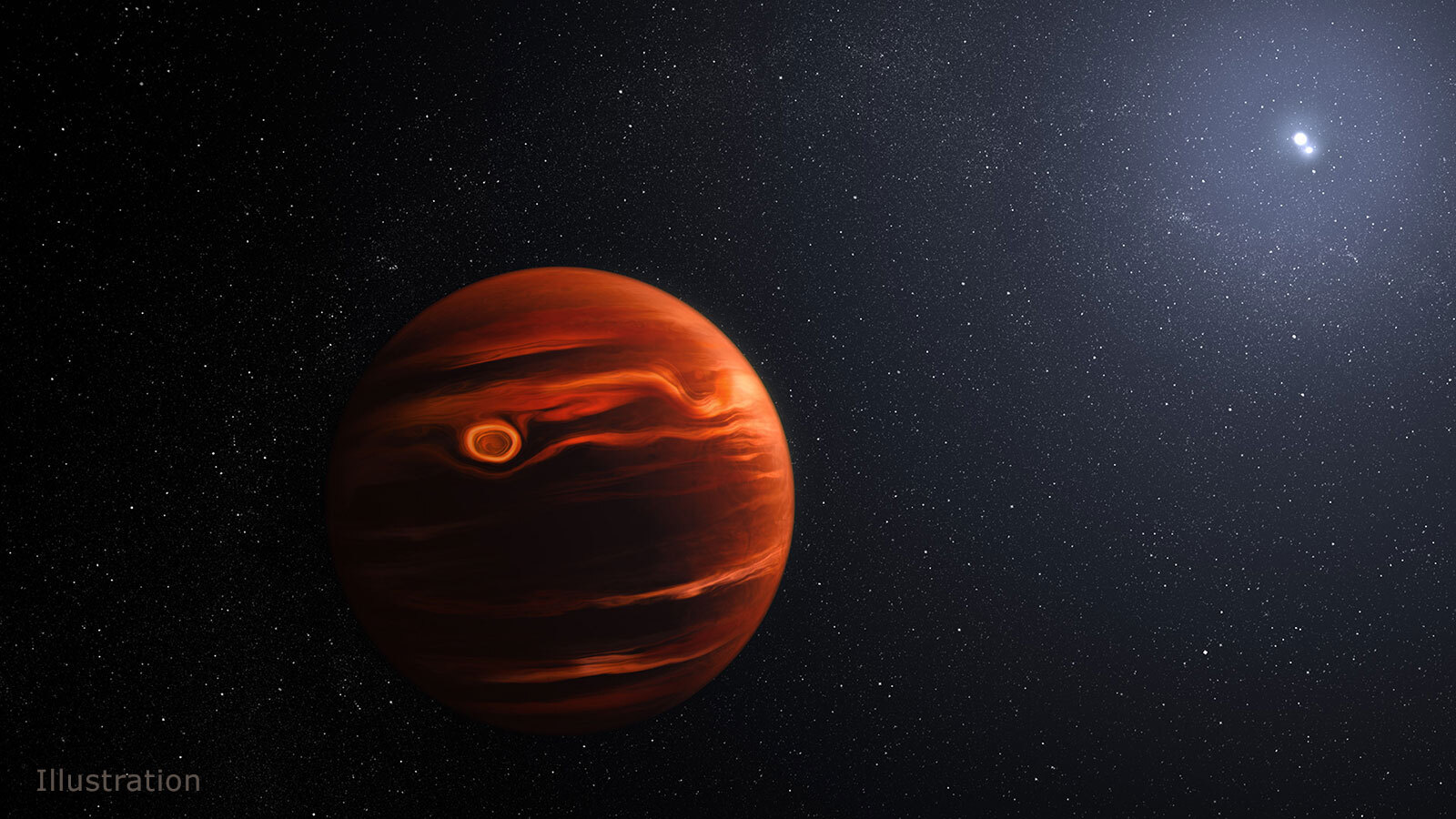
James Webb telescope spots dust storm raging on a giant planet nearly 20 times the size of Jupiter
By JoAnna Wendel published
Using the James Webb Space Telescope, scientists observed a massive dust storm in the atmosphere of VHS 1256 b, a 'super-Jupiter' exoplanet located 40 light-years from Earth.
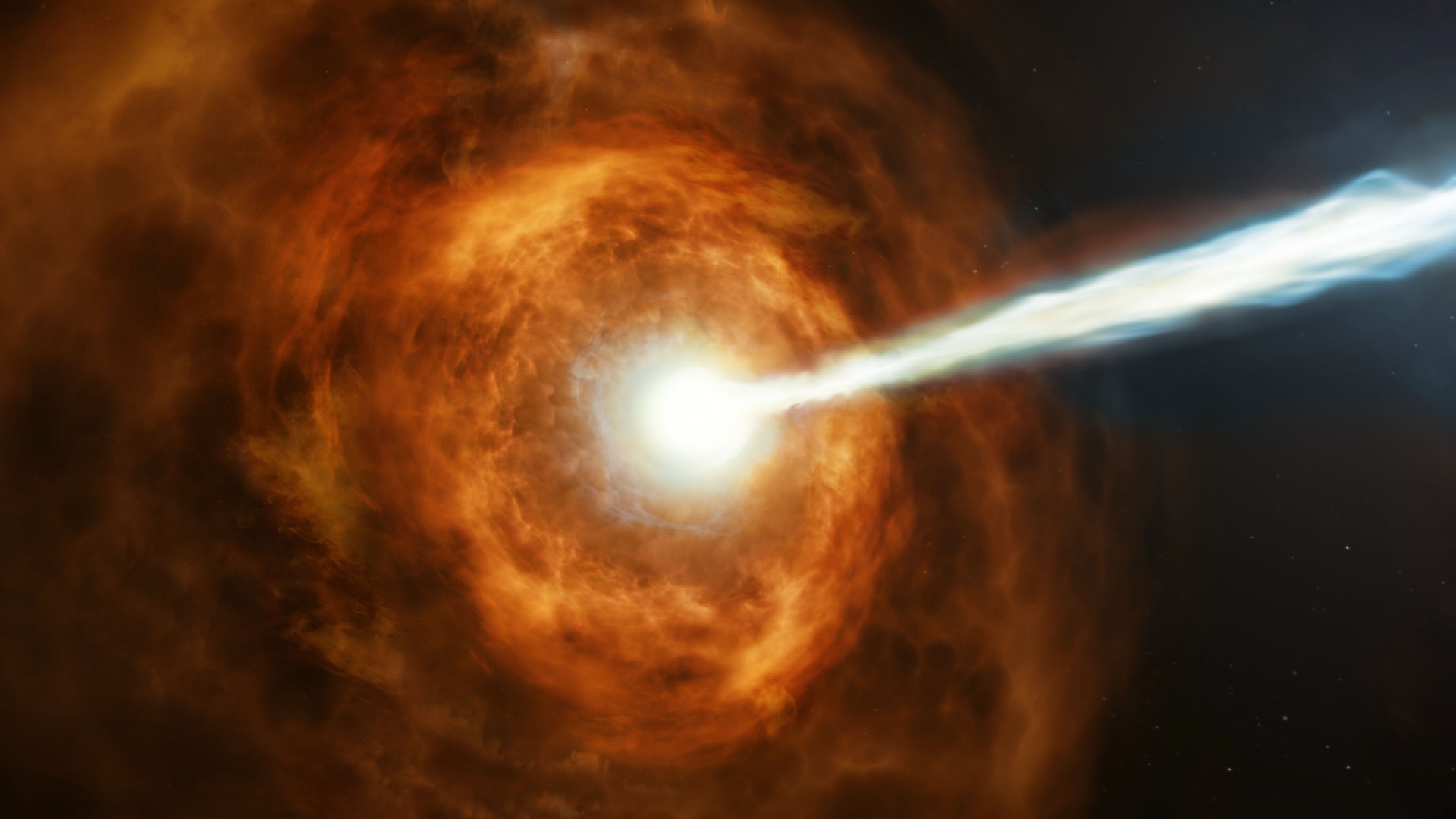
China is hunting the world's most elusive particles a mile beneath the ocean floor
By JoAnna Wendel published
China is deploying thousands of sensors nearly a mile under the ocean's surface, to monitor the darkness for flashes of light that reveal the presence of a neutrino.
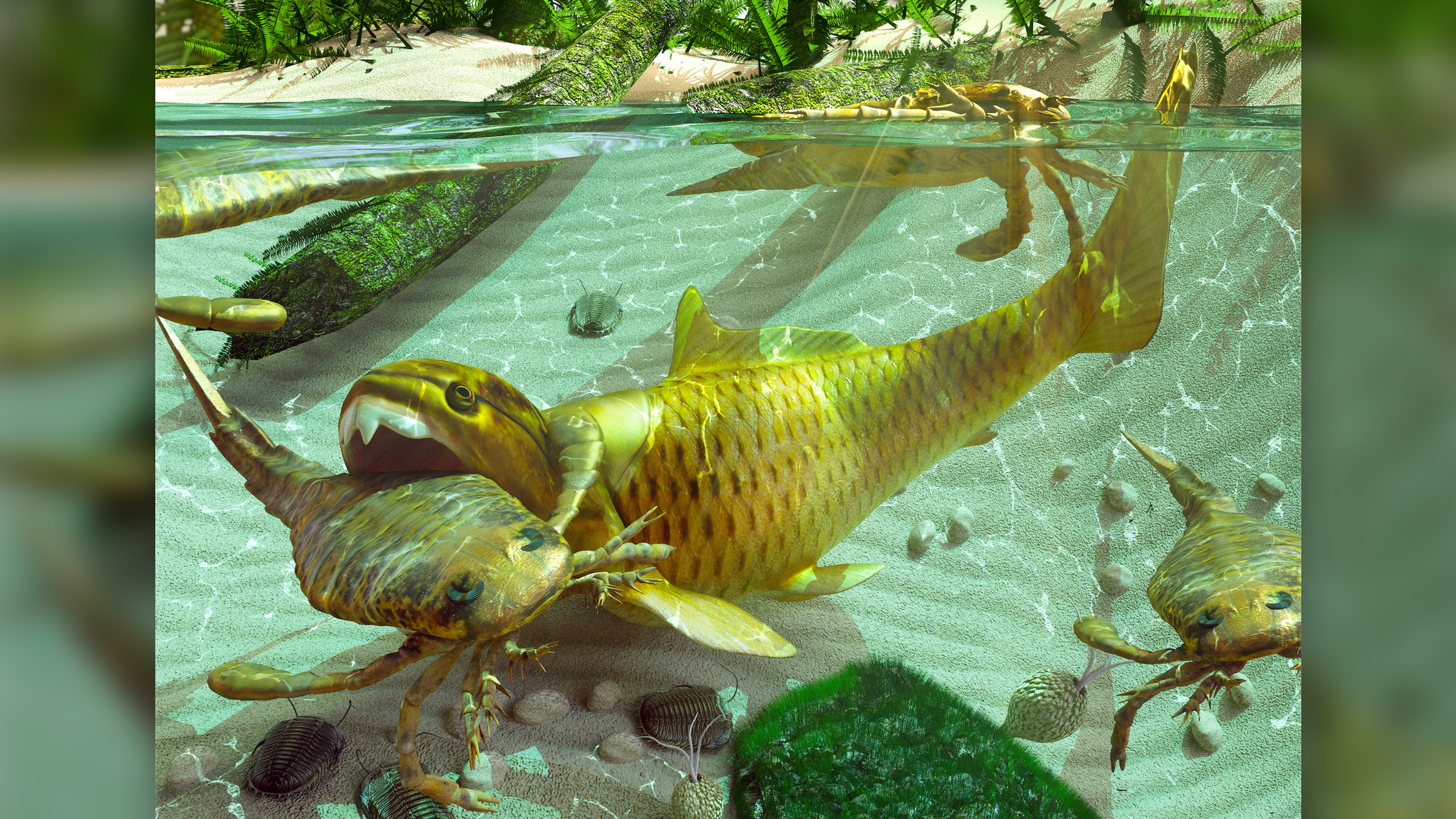
One of Earth's biggest mass extinctions caused by rising sea levels in eerie echo of today
By JoAnna Wendel published
In samples of organic-rich black shale, scientists found evidence for oxygen depletion and hydrogen sulfide expansion in ancient seas.
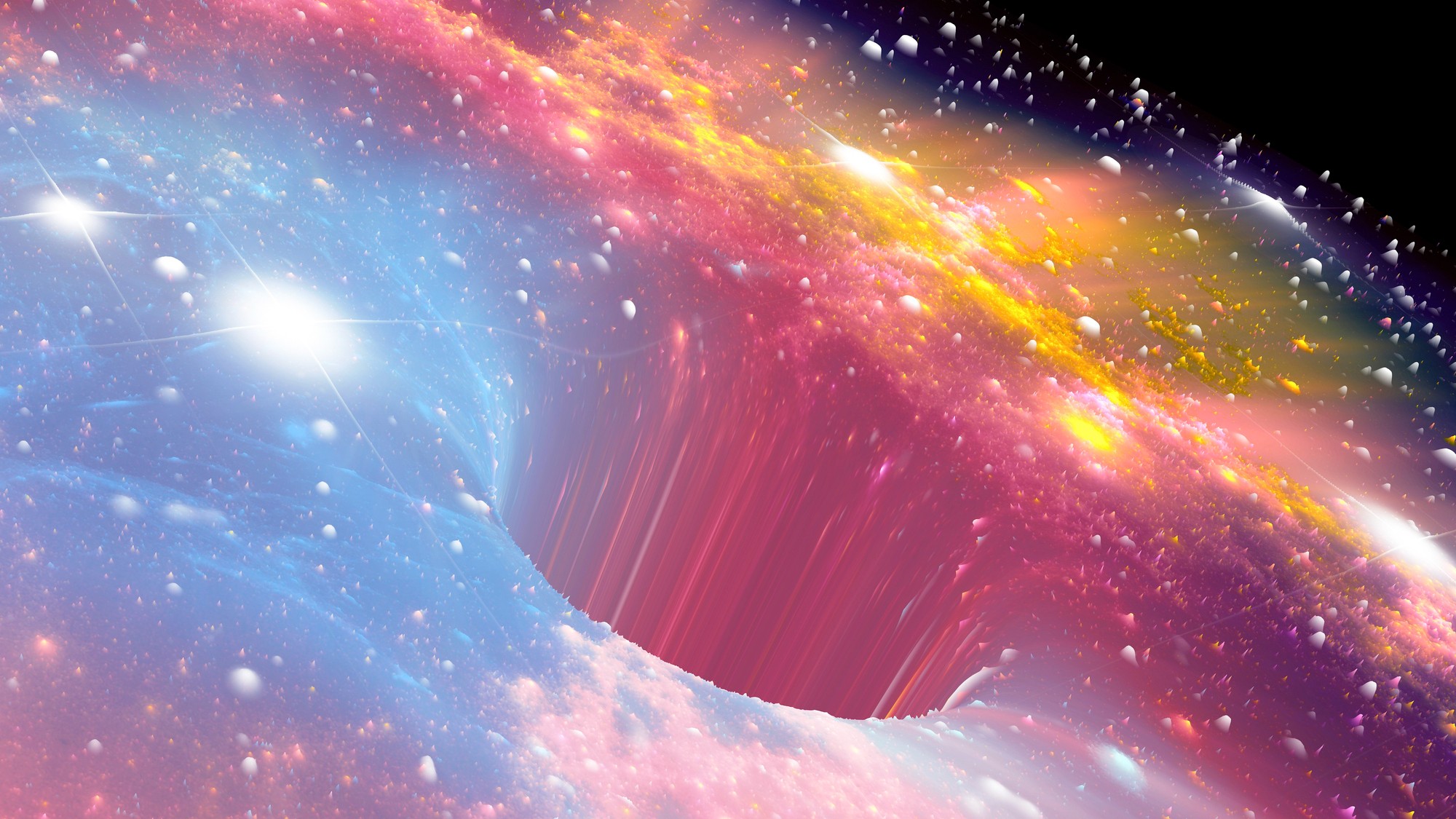
Wormholes might bend light like black holes do — and that could be the key to finding them
By JoAnna Wendel published
If wormholes exist, they might magnify distant objects according to Einstein's theory of relativity — and that makes it possible for us to find them, new research suggests.
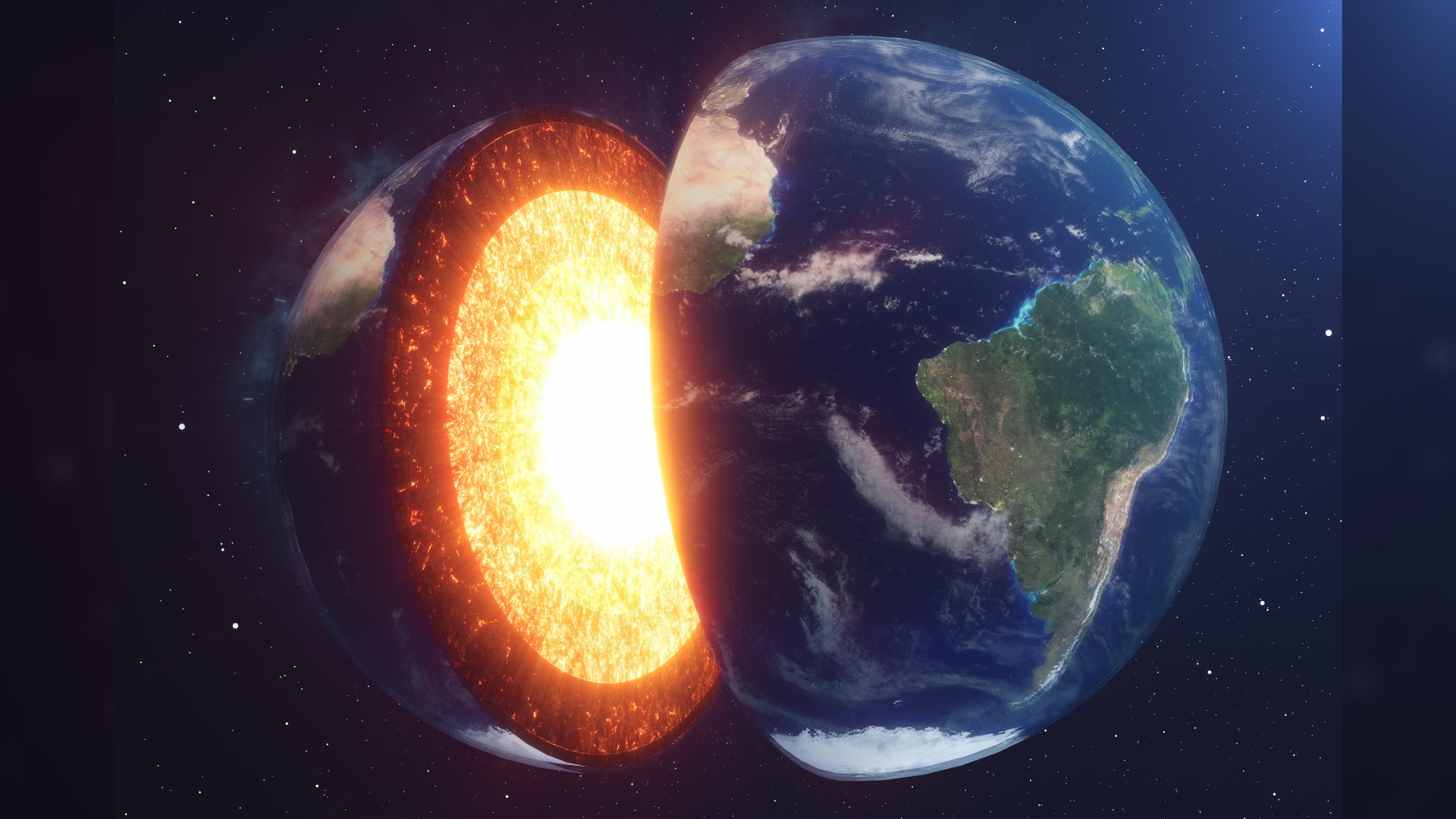
450-mile-wide solid metal ball forms Earth's innermost core, earthquake waves reveal
By JoAnna Wendel published
Scientists calculated the diameter of Earth's innermost core using earthquake waves that bounced through the planet 'like ping-pong balls.'
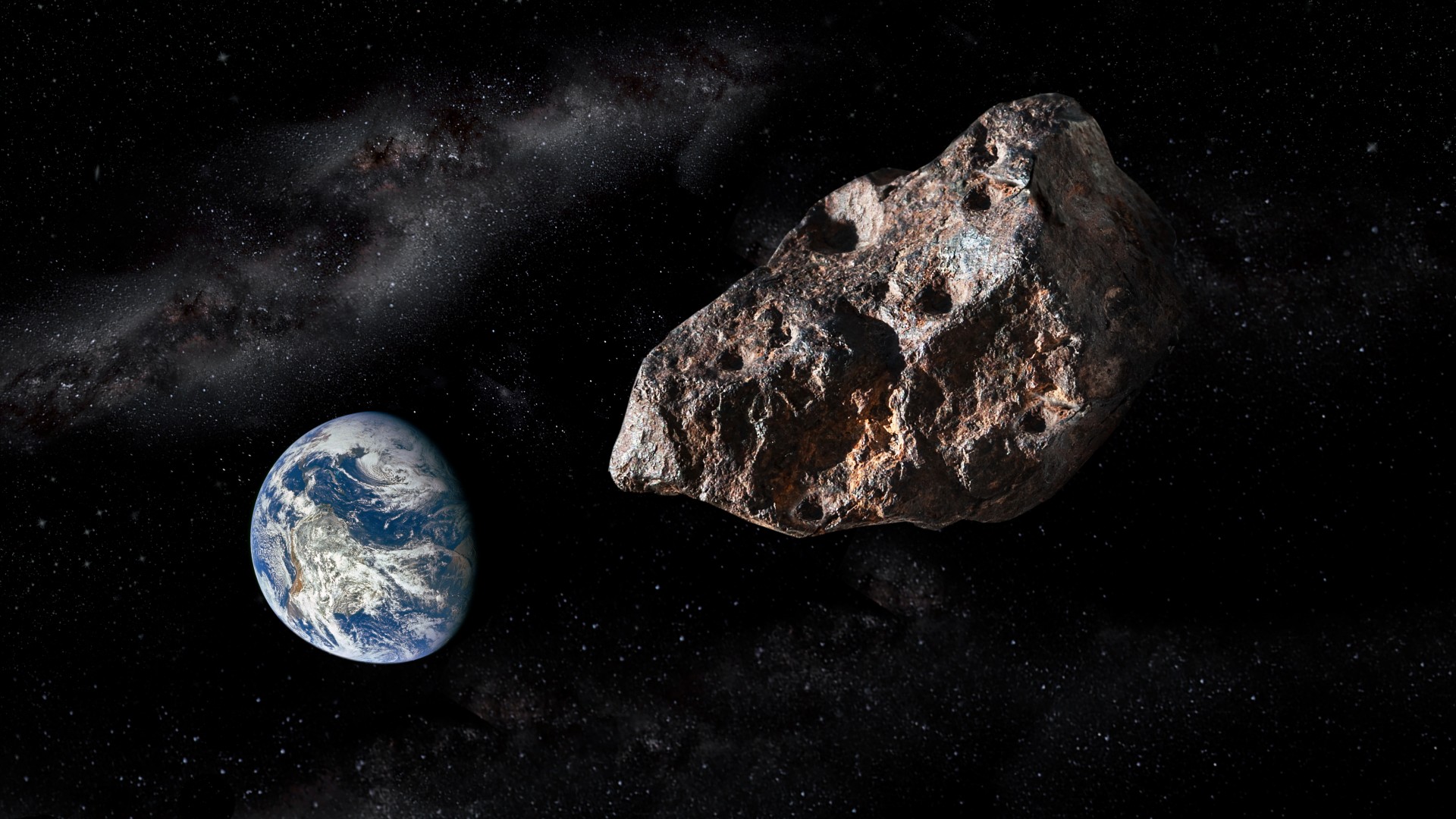
'Potentially hazardous' asteroid twice the size of the World Trade Center will shoot past Earth tonight
By JoAnna Wendel published
Asteroid (199145) 2005 YY128 will pass by Earth at a distance of 2.5 million miles on Feb. 15, but will pose no threat to our planet.
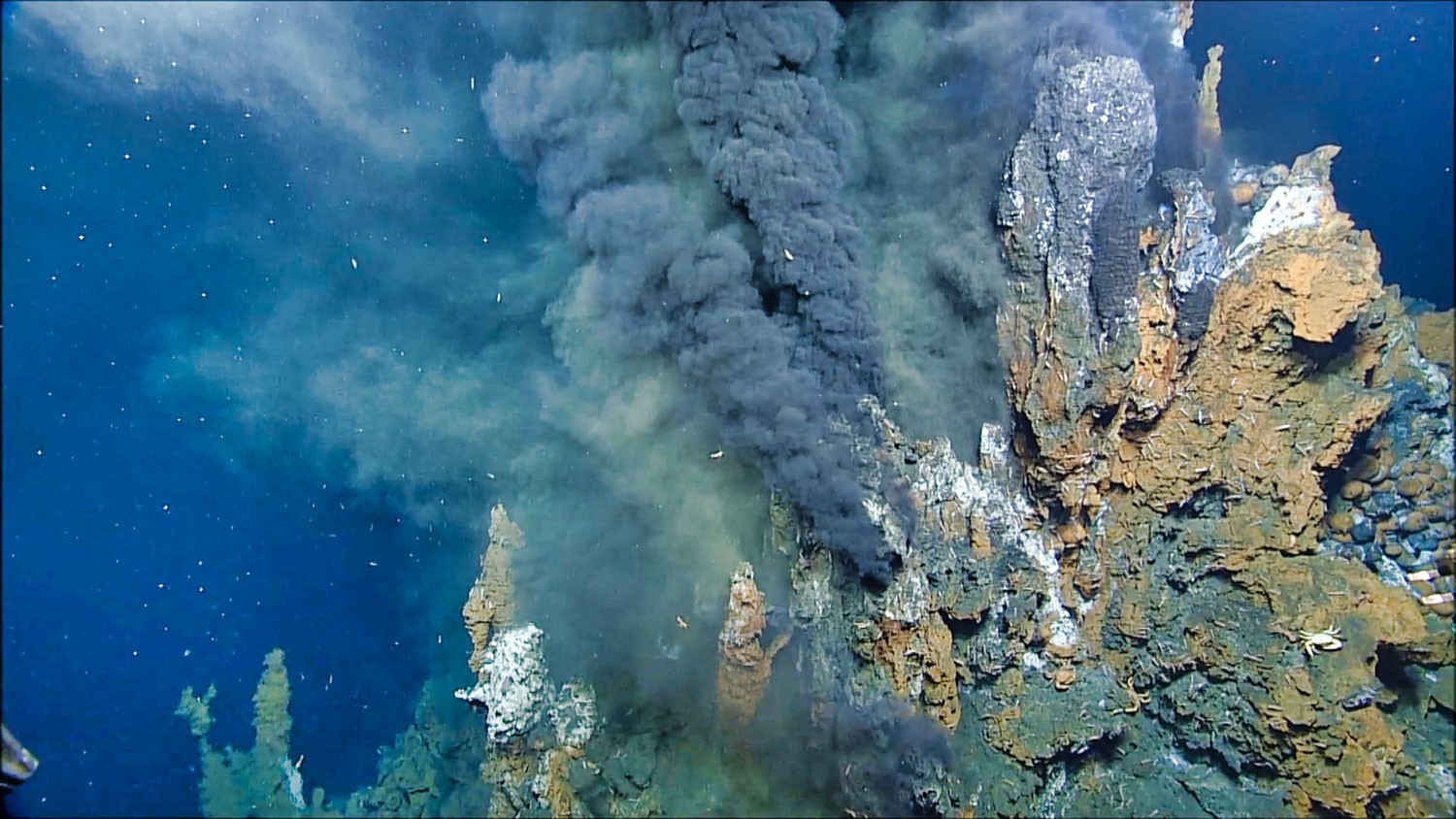
What energy source sparked the evolution of life?
By JoAnna Wendel published
Leading theories suggest that the first energy used by life was either from the sun or from geothermal heat and chemistry at the bottom of the ocean.

Scientists reveal 'invisible' galaxy from the early universe, using space-time trick predicted by Einstein
By JoAnna Wendel published
Using the ALMA telescope in Chile and Einstein's theory of relativity, scientists observed a young galaxy in the early universe that is invisible in nearly every wavelength.
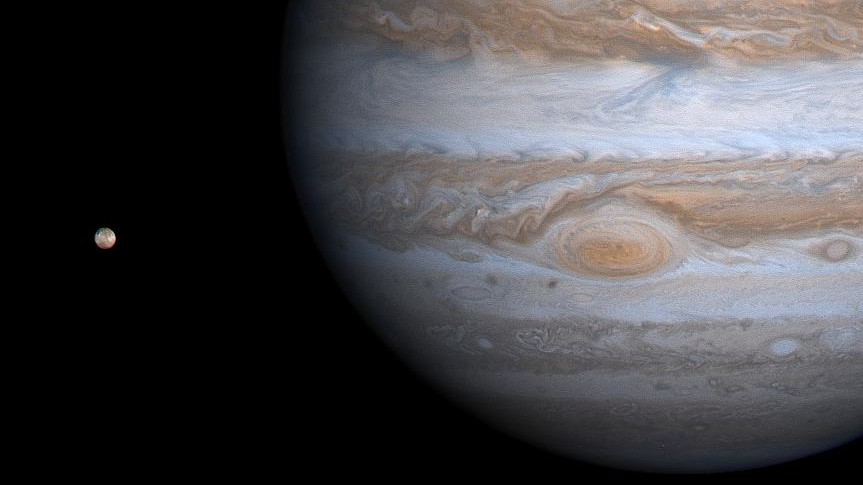
Jupiter officially has the most moons in the solar system, discovery of 12 new satellites confirms
By JoAnna Wendel published
Twelve newly confirmed moons bring Jupiter's total to 92, surpassing Saturn's 83 moons.
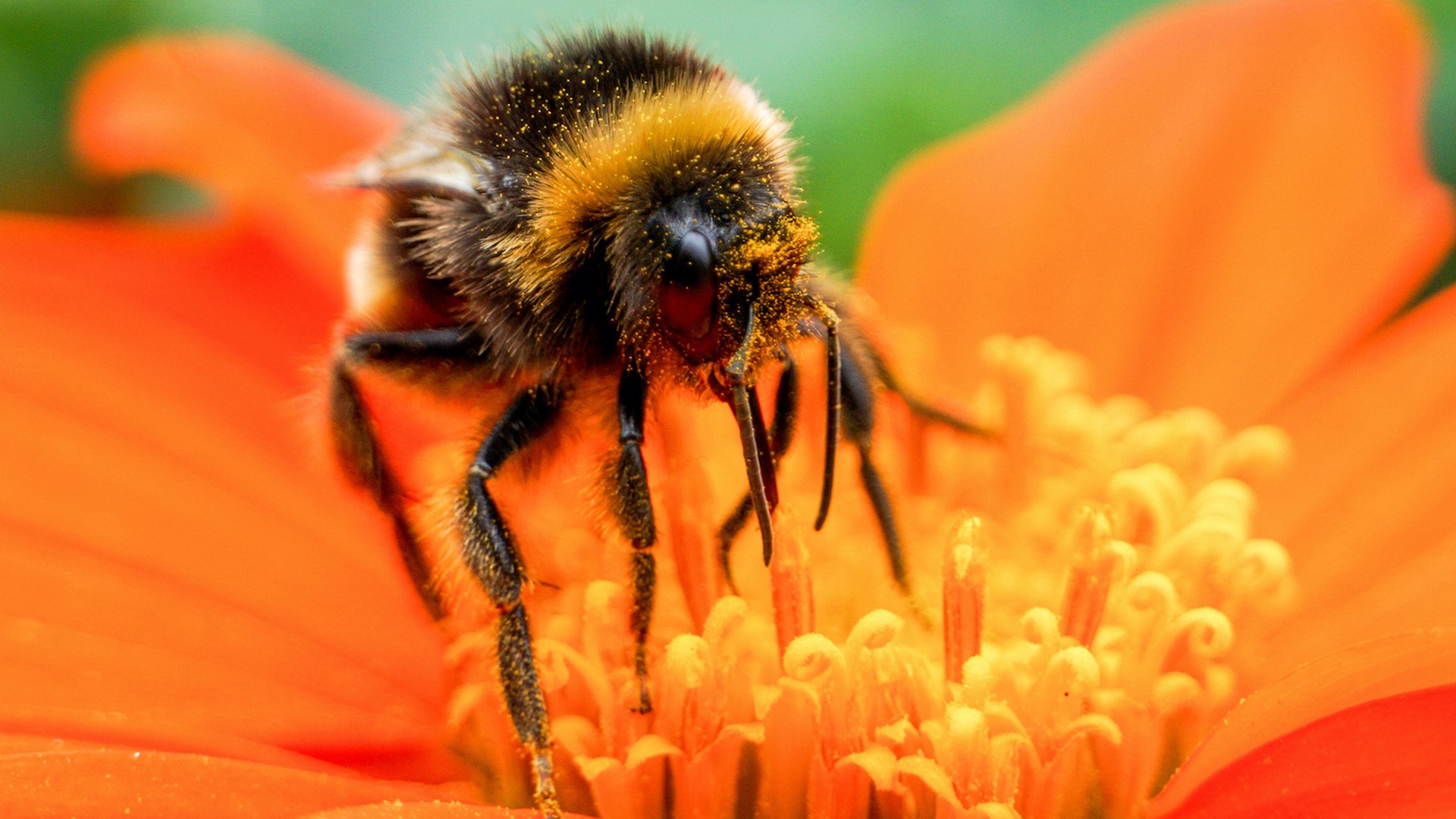
Do bees have knees?
By JoAnna Wendel published
Bees do have a femur and a tibia, but do they have a kneecap like ours?
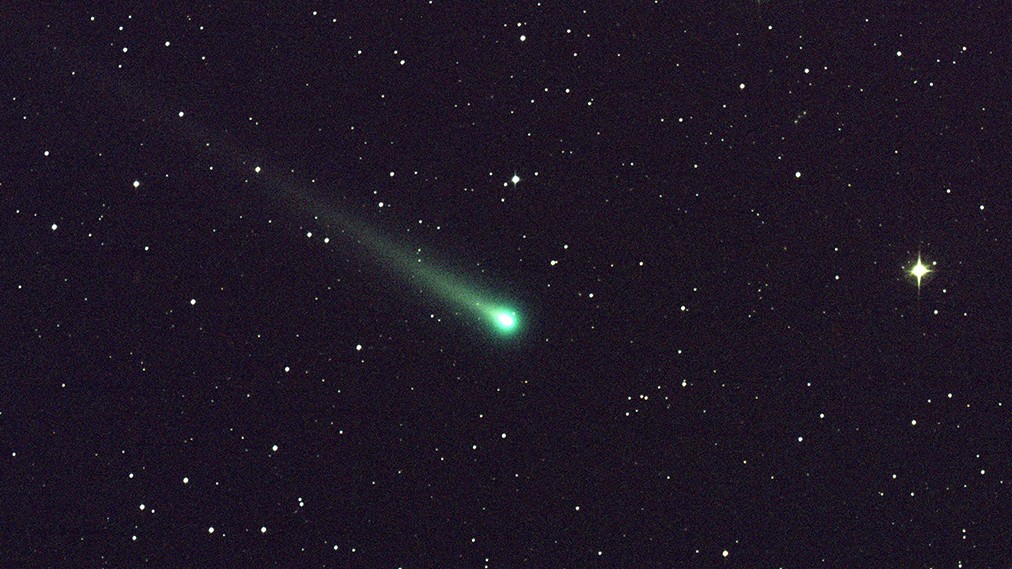
How to watch the rare green comet whiz past Earth tonight
By JoAnna Wendel published
Tonight (Feb. 1), the green comet C/2022 E3 ZTF will make its closest approach to Earth since the age of the Neanderthals. Here's how to view it.
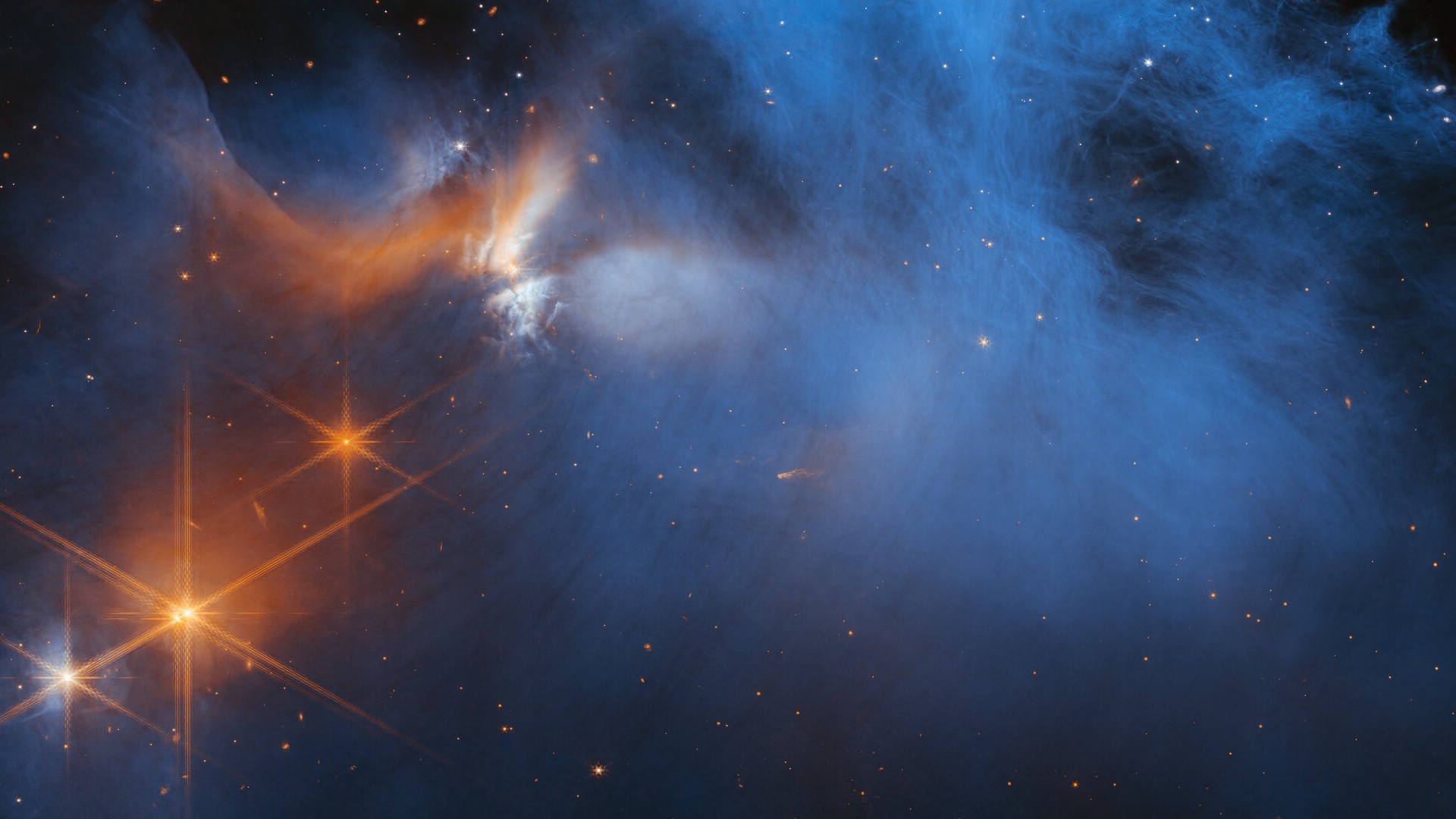
The James Webb Telescope detected the coldest ice in the known universe – and it contains the building blocks of life
By JoAnna Wendel published
The James Webb Space Telescope's latest observations of icy molecules will help scientists understand how habitable planets form.
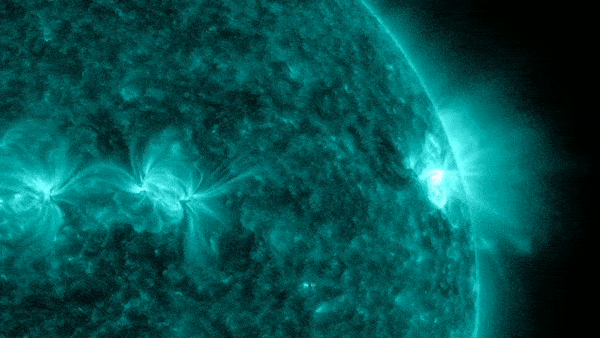
Mysterious 'sparks' on the sun could help scientists predict solar flares
By JoAnna Wendel published
An analysis of eight years of data reveals a possible telltale sign that a region of the sun is about to erupt.
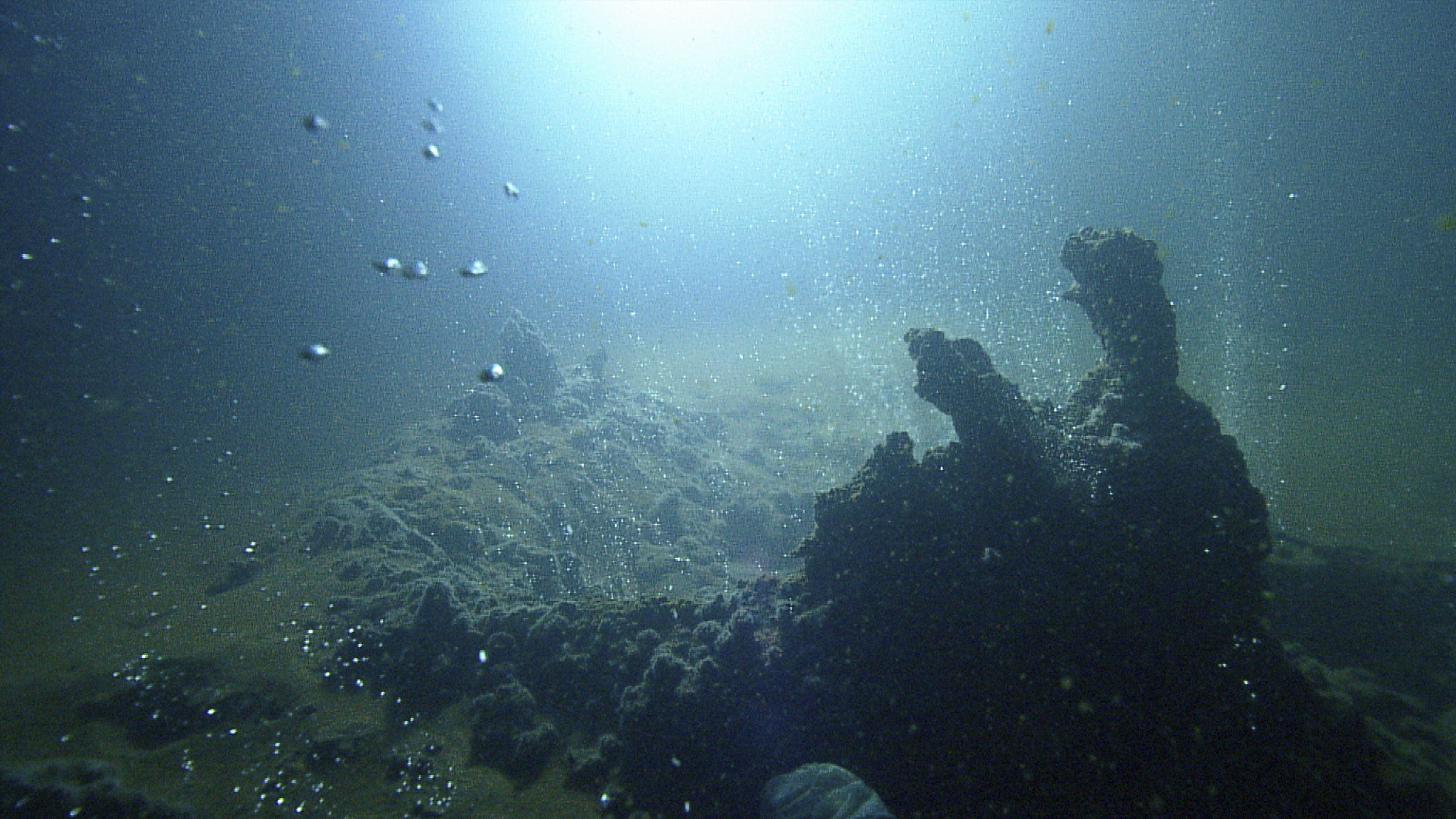
Never-before-seen volcanic magma chamber discovered deep under Mediterranean, near Santorini
By JoAnna Wendel published
Using a technique to study seismic waves, researchers revealed a previously unknown magma chamber underneath a the Kolumbo submarine volcano.
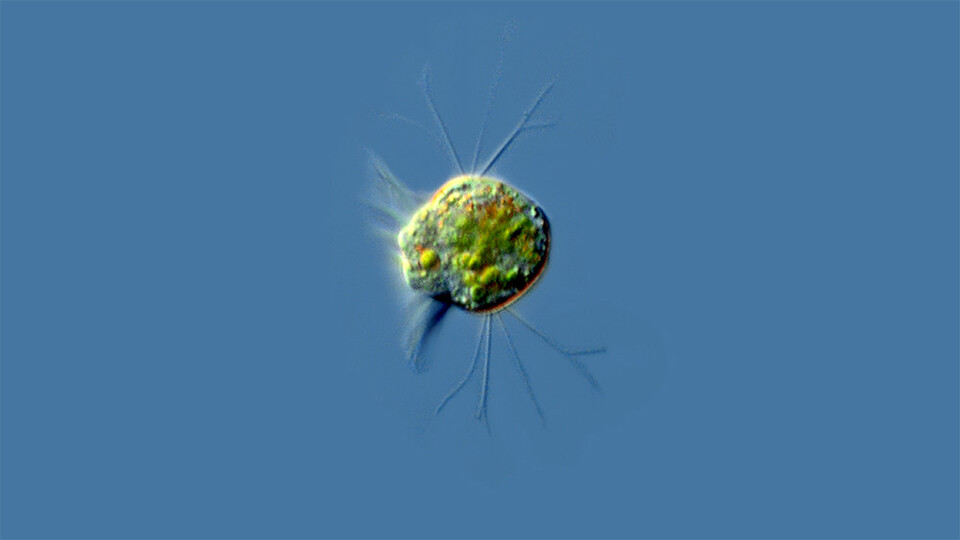
'Pac-Man' microorganisms gobble down viruses like power pellets
By JoAnna Wendel published
If these organisms are eating viruses in nature, it could change the way scientists think about global carbon cycling.
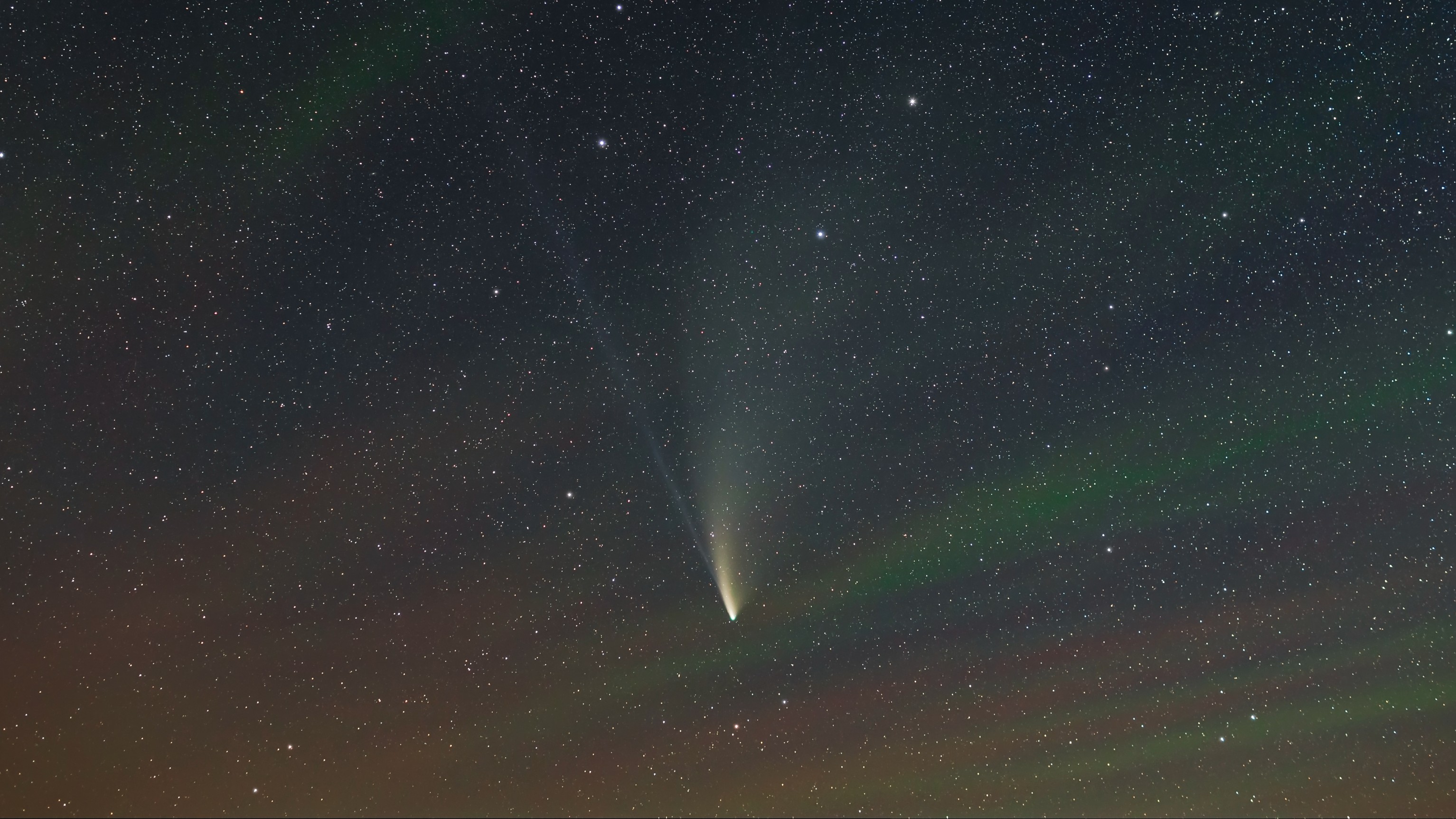
Rare green comet not seen since the Stone Age will zoom overhead tonight. Here's how to watch.
By JoAnna Wendel published
The last time comet C/2022 E3 passed by Earth, modern humans were mingling with Neanderthals.
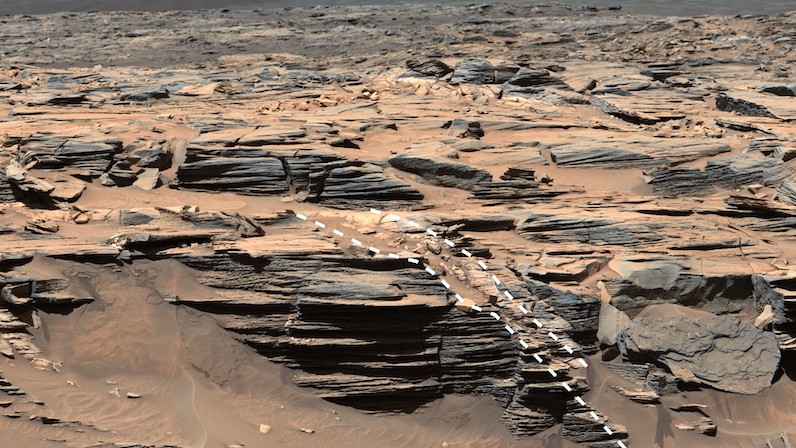
Mars crater is 'chock-full' of opal gemstones, hinting at widespread water and possible microbial life
By JoAnna Wendel published
Mysterious "halos" of rock surrounding cracks in a Martian crater may be made of water-rich opal gemstones, a new study suggests.
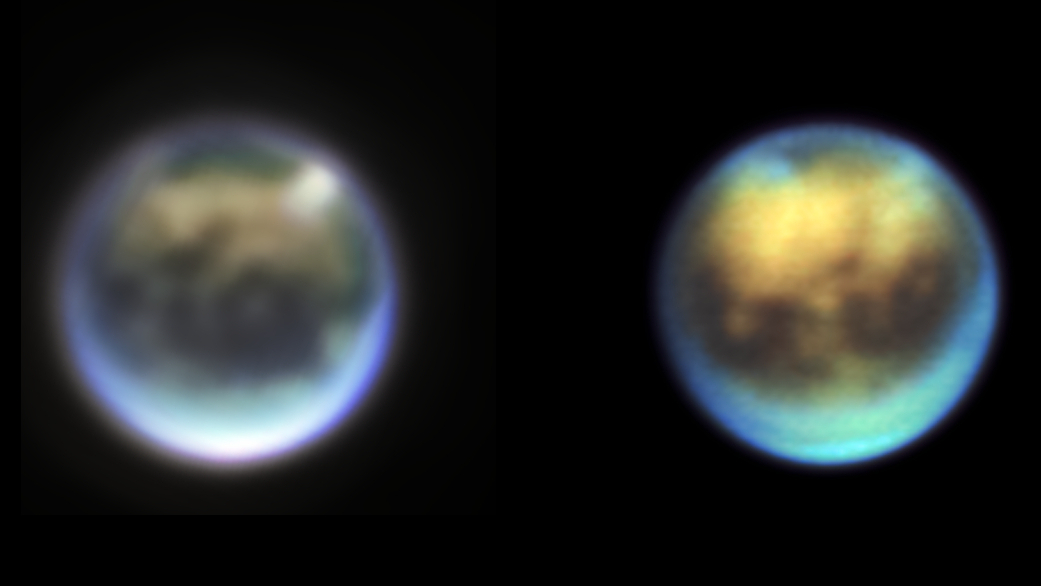
James Webb Space Telescope captures 'extraordinary' clouds in the atmosphere of Saturn's alien moon Titan
By JoAnna Wendel published
Studying Titan's clouds will help scientists understand why Saturn's largest moon is the only moon in the solar system with an atmosphere.
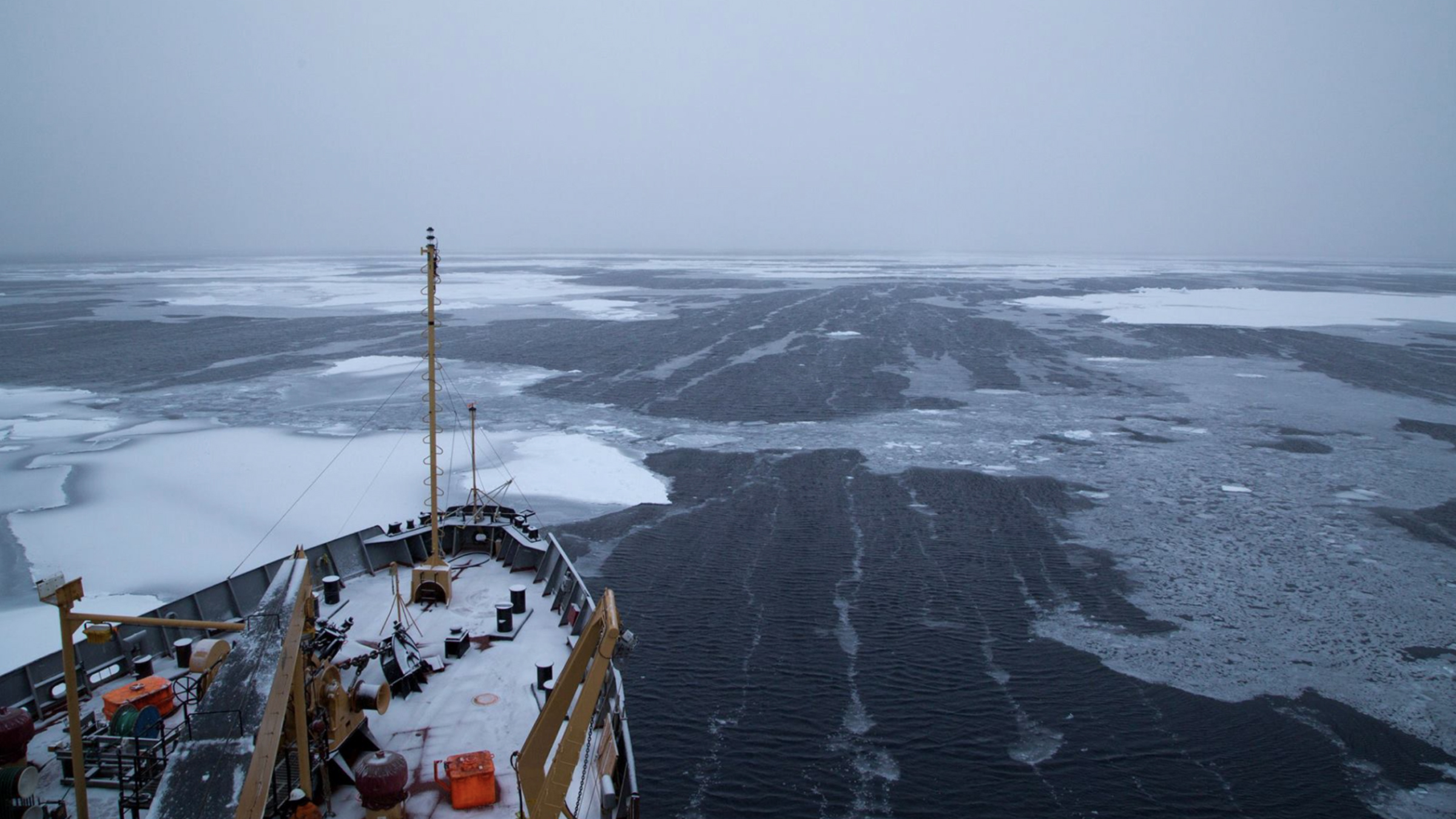
Surprising loss of sea ice after record-breaking Arctic storm is a mystery to scientists
By JoAnna Wendel published
Although models accurately predicted the evolution of the Arctic storm, scientists were surprised to see just how much sea ice thickness decreased in the storm's aftermath.
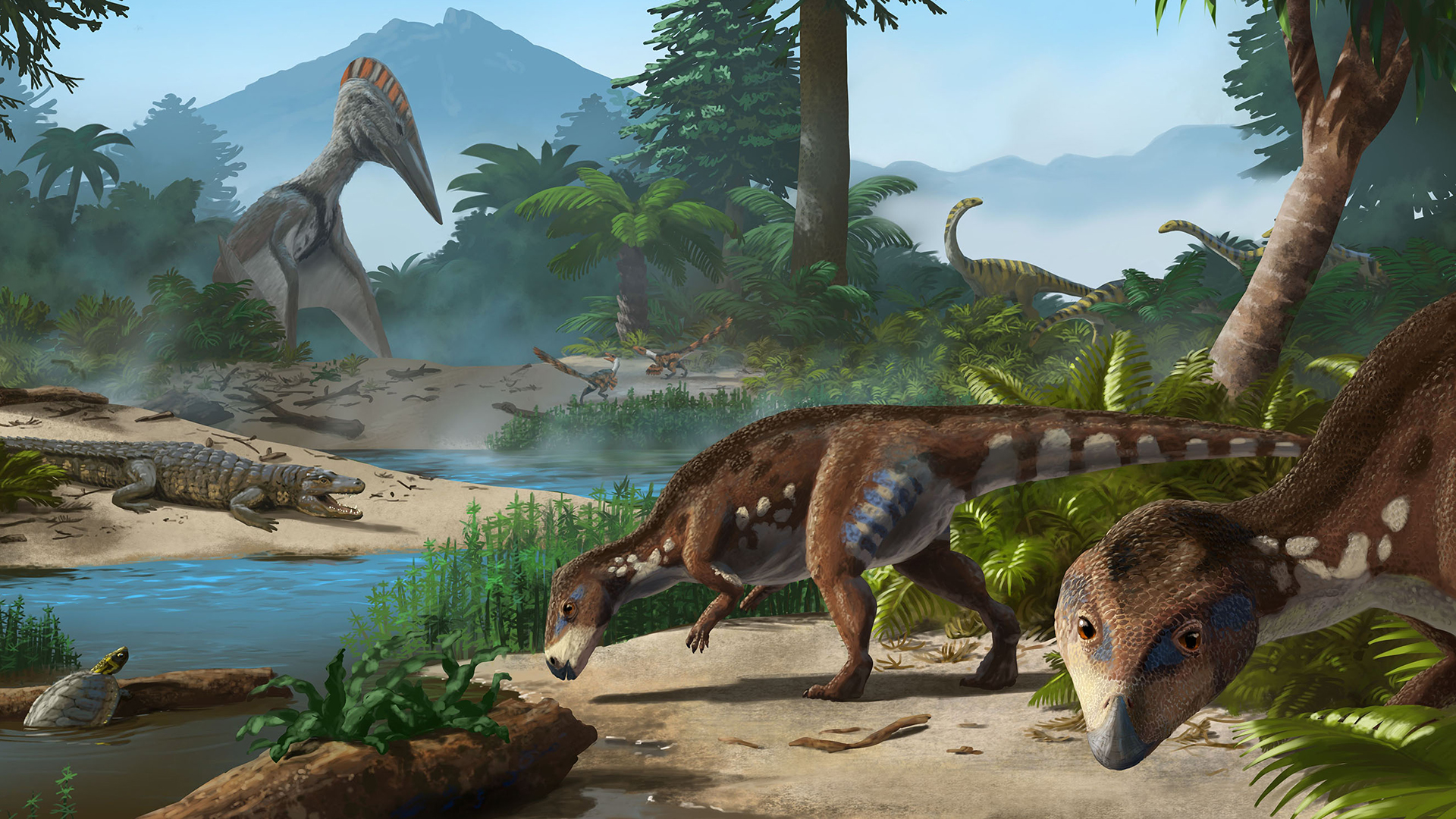
'Dwarf dinosaur' that lived on prehistoric island unearthed in Transylvania
By JoAnna Wendel published
The new "dwarf dinosaur" species lends more evidence to the "island rule," which posits that animals evolving on islands become smaller than their mainland counterparts.
Sign up for the Live Science daily newsletter now
Get the world’s most fascinating discoveries delivered straight to your inbox.

